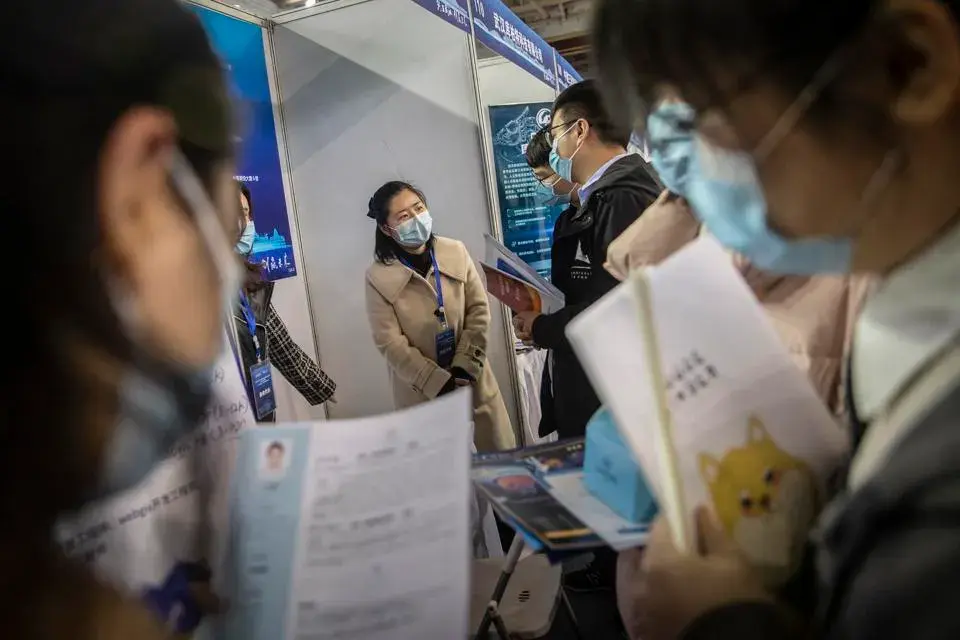As China emerges from the strict "zero COVID" policies that kept its 1.4 billion citizens largely confined for nearly three years, the world watches closely to see how its economy will rebound. The lifting of these restrictions has ignited hope for a strong economic recovery, with the Chinese government setting an ambitious goal of 5% growth in 2023. If achieved, this growth could provide a much-needed boost to global economies struggling with higher interest rates, shrinking money supplies, and banking uncertainties.
Early Signs of Recovery
Initial data from the first two months of 2023 offers some optimism. Retail sales in China grew by 3.5% in January and February after a decline in December 2022, with spending on catering jumping by 9.2%. These numbers suggest that Chinese consumers are beginning to spend again, finding their footing after years of restrained consumption. The Chinese government is also signaling its commitment to expanding domestic demand and prioritizing consumption as a driver of economic growth.
However, the recovery is uneven. While infrastructure investment surged by 9% during the first two months of the year, property investment dropped by 5.7%, indicating that buyers remain hesitant. China's export machine, once the envy of the world, also struggled, with exports down by 6.8% and imports dropping by 10.2% during the same period. This raises concerns about how long the government can sustain the economy through fiscal stimulus, especially as local entities face financial stress from years of COVID-related expenditures and declining revenues from property sales.
The Challenge of Youth Unemployment
One of the most troubling statistics is the stubbornly high youth unemployment rate, which stood at 18.1% for those aged 16 to 24 in February. This is a significant concern for a country that has invested heavily in educating its young people, with nearly 58% of Chinese enrolling in tertiary education by 2021. Many of these young people are now struggling to find jobs, leading to a phenomenon known as "lying flat," where individuals choose to withdraw from the rat race rather than engage in an uncertain job market.
For China to achieve its goal of becoming a technologically advanced and wealthy society, it must harness the potential of this generation. If these young talents are squandered, China risks "getting old before it gets rich," a scenario where the aging population outpaces economic growth.
Key Areas for China’s Economic Rebound
As China navigates its post-COVID recovery, three key areas will determine its economic trajectory: reopening, rebalancing, and rallying the private sector.
Reopening: While formal travel restrictions have been lifted, significant logistical challenges remain. Airliners need to be reactivated, and international routes reestablished. China has recently begun issuing tourist visas to U.S. citizens and fully reopened travel between Mainland China and Hong Kong. However, the flow of Chinese tourists and students abroad, which peaked at over 700,000 in 2019, has not yet returned to pre-pandemic levels. For China to grow into a global leadership position, it will need a generation of citizens who understand and can navigate various cultural, political, and business environments.
Rebalancing: For over a decade, Chinese policymakers have acknowledged that the country's growth model, driven by speculative real estate development and infrastructure investment, is unsustainable. Despite recognizing the need for a more balanced economic model focused on private consumption and services, the government has struggled to move away from its reliance on capital-intensive growth. China's household consumption accounts for less than 40% of GDP, the lowest share of any major economy. To achieve long-term growth, China must implement stronger social and health insurance systems, support robust capital markets, and create incentives for family formation.
Rallying the Private Sector: China's economic miracle has been built on two pillars: a state sector that provides world-class infrastructure and a trained workforce and a vibrant private sector that drives innovation and job creation. The private sector contributes 60% of China's GDP, 70% of innovation, 80% of urban employment, and 90% of new jobs. However, the combination of economic dampening during COVID and the government's efforts to rein in the influence of private technology companies has stifled the private sector's growth. Recently, President Xi Jinping has emphasized the importance of the private sector in China's economic development. If the government follows through with consistent and predictable support, the private sector could provide a powerful boost to the post-COVID recovery.
Market Sentiment and Future Prospects
The markets have reacted cautiously to China's reopening. After a 55% rally between November 2022 and January 2023, Hong Kong's Hang Seng Index has retraced about half of its gains, reflecting uncertainty among investors about the sustainability of the recovery. However, the second half of 2023 may present opportunities for investors to re-enter Chinese equities, especially as more Chinese tech companies look to launch overseas IPOs.
The Chinese government has also implemented new regulations for reviewing and approving overseas listings, adding a layer of scrutiny but also providing a seal of approval for companies deemed appropriate for foreign ownership. This move could help alleviate concerns among investors wary of investing in China.
While the Chinese government has a history of keeping equity investors on edge, consistent implementation of the three "Policy Rs"—reopening, rebalancing, and rallying the private sector—could unlock the vast commercial potential of China's 1.4 billion people.
In summary, China's post-COVID comeback is still in its early stages, with significant challenges ahead. However, if the government can successfully navigate these challenges, there is considerable upside potential for the Chinese economy and global investors alike.













